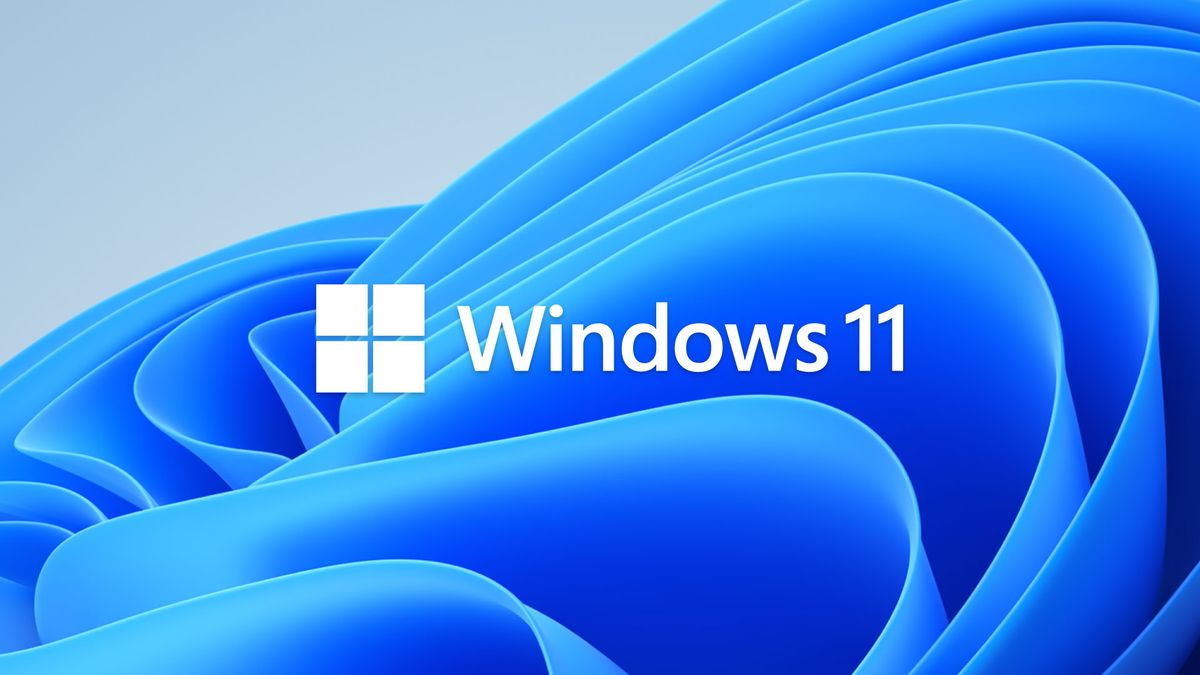With the release of Windows 11, Microsoft has introduced a new era of its iconic operating system, bringing forth a range of features designed to enhance productivity, security, and user experience. Understanding the costs associated How much is Windows 11 is crucial for both individual users and businesses looking to upgrade or purchase new licenses. This article delves into the pricing structure of Windows 11, highlighting different editions, upgrade options, and considerations for making the right choice.

Windows 11 Editions
Windows 11 is available in several editions, each tailored to different user needs:
Windows 11 Home: Positioned as the entry-level edition, Windows 11 Home caters to individual users who primarily use their devices for personal tasks. It includes features such as the new Start menu, Snap layouts, and virtual desktops, making it suitable for everyday computing needs.
Windows 11 Pro: Designed for professionals and small to medium-sized businesses, Windows 11 Pro builds upon the features of Windows 11 Home with additional capabilities aimed at enhancing productivity and security. This edition includes advanced management tools, BitLocker encryption, and remote desktop services, catering to users requiring more robust functionality.
Windows 11 Enterprise: Targeted at larger organizations and enterprises, Windows 11 Enterprise offers comprehensive security and management features beyond those available in Windows 11 Pro. It includes Windows Update for Business, AppLocker, and other tools designed to meet the complex needs of corporate environments.
Windows 11 Education: Specifically licensed for educational institutions, Windows 11 Education provides the same features as Windows 11 Enterprise but with academic pricing and licensing terms. It supports classroom management, easier deployment options, and tools tailored for educators and students.
Retail Pricing
The retail pricing for Windows 11 varies based on the edition and market region. As of its launch, Microsoft typically sets base prices for each edition, which may fluctuate due to factors such as local taxes and promotional discounts. Retail pricing is generally structured to accommodate individual purchases of licenses for new devices or upgrades from older Windows versions.
Windows 11 Home: Priced competitively for individual users seeking essential features.
Windows 11 Pro: Positioned at a higher price point, reflecting its additional business-oriented features and enhanced security.
Windows 11 Enterprise and Education: Available through volume licensing agreements, which offer cost savings for bulk purchases and are tailored to meet the specific needs of large organizations and educational institutions.
Upgrade Costs
Microsoft has offered a promotional free upgrade path to Windows 11 for eligible devices running Windows 10 during a specified period following the launch. Post-promotion, upgrading to Windows 11 may incur costs depending on the edition and licensing terms applicable. Upgrade costs can vary, and Microsoft may provide discounted upgrade options or bundle upgrades with subscription services like Microsoft 365, which includes ongoing updates and additional productivity tools.
Subscription Models
While Windows 11 itself is primarily sold as a perpetual license with a one-time payment for most editions, Microsoft has increasingly introduced subscription models such as Microsoft 365. These subscriptions often include Windows updates, Office applications, and cloud services, providing businesses with flexibility in managing costs and accessing the latest software enhancements.
Considerations for Buyers
Before purchasing or upgrading to Windows 11, consider the following factors:
System Requirements: Ensure your device meets the minimum hardware specifications for Windows 11, including CPU, RAM, and storage requirements.
Licensing Options: Evaluate the most suitable licensing option based on your usage scenario—whether individual, business, or educational—to maximize value and compliance.
Budget and Long-Term Costs: Factor in not only the initial purchase price but also potential future upgrade costs and ongoing subscription fees if opting for a subscription-based model like Microsoft 365.
Conclusion
Understanding the pricing breakdown of Windows 11 involves recognizing the diverse editions available, upgrade paths, and potential subscription options. Whether you're a home user looking for basic functionality or a business seeking advanced security features, Microsoft offers pricing models designed to accommodate various needs and budgets. By assessing your requirements and exploring the available editions and licensing options, you can make an informed decision that aligns with your computing goals while managing costs effectively.
In summary, the cost of Windows 11 reflects Microsoft's commitment to delivering versatile and secure operating system solutions tailored to meet the demands of modern users and businesses, ensuring access to cutting-edge technology and features.
 icons at the top right corner of the subsection.
icons at the top right corner of the subsection.